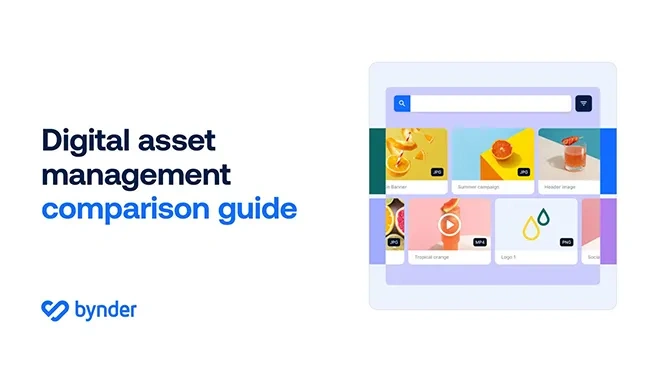Identify the right DAM features for your business

If you’re on the hunt for a digital asset management (DAM) solution, you have probably already done your research on all the possible vendors.
This guide aims to cover all the features a modern-day DAM should have, and help you identify which features best suit your specific business case.
Why should I read this guide?
- Learn how to define your company’s DAM needs and requirements
- Get a comprehensive list of the essential features for optimizing content creation, management, and delivery
- Discover the benefits of AI-powered DAM capabilities
Get the guide
Leave your details below to download the guide
Why should I read this guide?
- Learn how to define your company’s DAM needs and requirements
- Get a comprehensive list of the essential features for optimizing content creation, management, and delivery
- Discover the benefits of AI-powered DAM capabilities